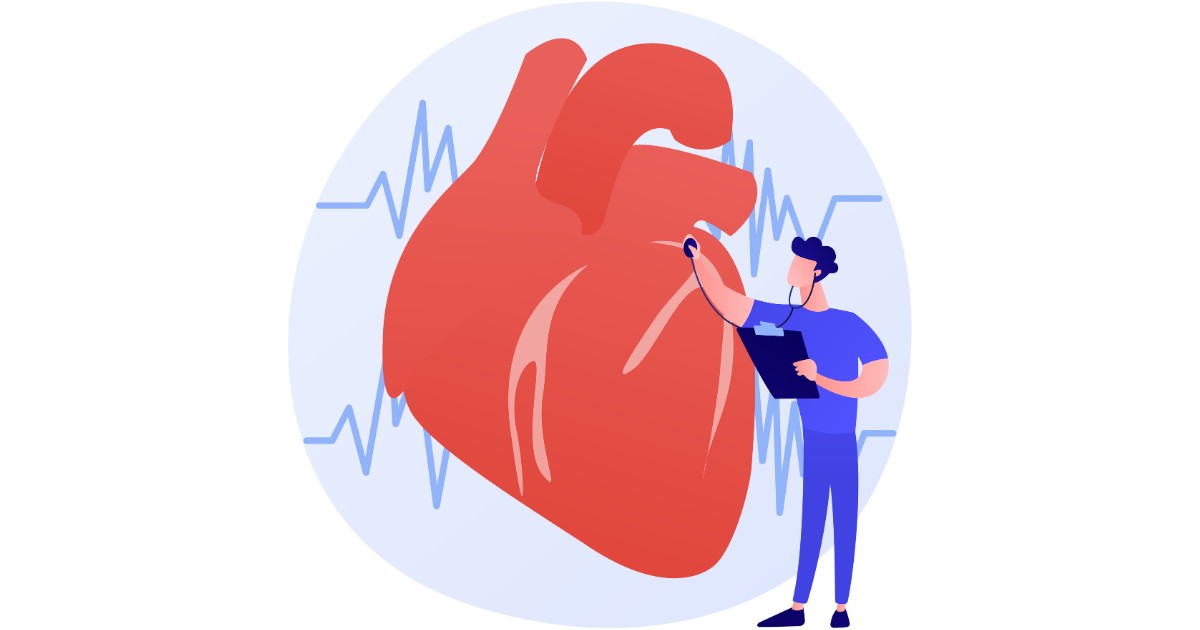If you've been advised to undergo a 2D Echo Test, it's natural to have questions. What is it? Why do you need it? Is it painful? This blog simplifies the concept, explains the process, and guides you through what to expect before, during, and after the test.
A 2D Echo Test, or two-dimensional echocardiography, is one of the most common and important tools used by cardiologists to visualize the heart and evaluate its function. Understanding how it works can help ease anxiety and ensure better cooperation during the procedure.
What Is a 2D Echo Test?
A 2D Echo Test is a non-invasive imaging procedure that uses ultrasound waves to create real-time images of the heart. It helps assess the heart's chambers, valves, wall motion, and blood flow.
Key Features:
- Uses high-frequency sound waves (no radiation)
- Shows live images of the heart’s structure and function
- Typically done in an outpatient setting
- Takes about 20 to 30 minutes
Why Is a 2D Echo Test Recommended?
Your doctor may suggest this test to diagnose or monitor heart conditions.
Common Reasons Include:
- Unexplained chest pain or shortness of breath
- Detecting valve problems like stenosis or regurgitation
- Checking for congenital heart defects
- Monitoring heart muscle function in conditions like cardiomyopathy
- Evaluating heart performance post-heart attack or surgery
Learn more about other diagnostic procedures in Angiography: What Patients Should Know.
Preparing for a 2D Echo Test
There’s usually no special preparation required unless instructed otherwise.
Preparation Tips:
- Wear loose, comfortable clothing
- Avoid lotions or powders on your chest area
- Bring your previous medical reports or prescriptions
- Inform the technician if you're pregnant or have any implants
What Happens During the Test?
The procedure is painless and conducted by a trained sonographer or cardiologist.
Step-by-Step Process:
- You'll be asked to lie down on an exam table
- Electrodes will be placed on your chest to monitor heart rate
- A special gel will be applied on the chest area
- A handheld device (transducer) is moved around your chest
- You may be asked to change positions or hold your breath briefly
- Real-time images appear on a monitor and are recorded
The process is similar to an ultrasound scan during pregnancy, but focused on the heart.
What Does the 2D Echo Test Reveal?
This test offers detailed insights into the heart's health and helps guide treatment plans.
The Test Can Show:
- Size and shape of the heart chambers
- Function of the heart valves
- Blood flow patterns and velocity
- Wall motion and pumping efficiency
- Fluid accumulation around the heart (pericardial effusion)
Read Heart Palpitations: When to Worry and What They Mean to understand more symptoms evaluated by this test.
After the 2D Echo Test
There’s no recovery time or side effects after the test, and you can resume normal activities immediately.
Post-Test Steps:
- The cardiologist reviews the images
- A report is prepared with findings and recommendations
- Results are typically available the same day or within 24 hours
- Based on the report, further tests or treatments may be suggested
Frequently Asked Questions
Is a 2D Echo Test safe?
Yes, it’s completely safe, painless, and does not involve radiation.
How long does the test take?
Usually 20 to 30 minutes, but complex cases may take longer.
Can I eat before the test?
Yes, unless your doctor advises otherwise.
Is it different from ECG?
Yes. ECG records electrical activity; 2D Echo visualizes the heart's structure.
When Should You See a Cardiologist?
You may be advised a 2D Echo Test if you experience:
- Persistent chest discomfort
- Palpitations or fluttering sensation
- Shortness of breath without exertion
- Fainting spells or dizziness
- Family history of heart disease
Final Thoughts: A Window Into Your Heart
A 2D Echo Test is an essential, non-invasive tool for evaluating your heart’s health. It's quick, safe, and highly informative. Whether you’re undergoing this test for the first time or as part of ongoing cardiac care, knowing what to expect helps reduce anxiety and improve outcomes.
Early diagnosis is key in managing heart conditions, and a simple test like this can make all the difference.



